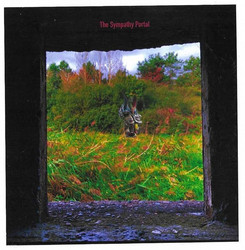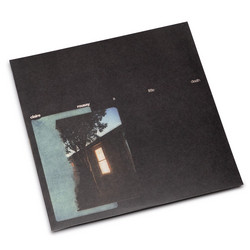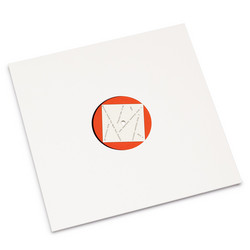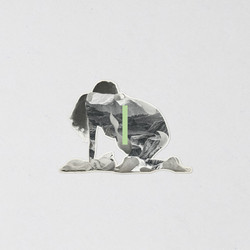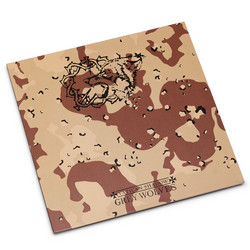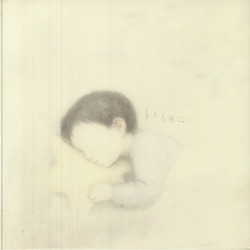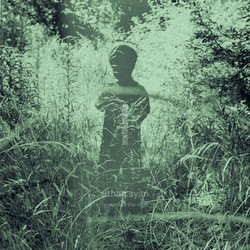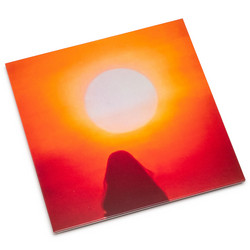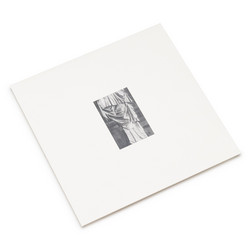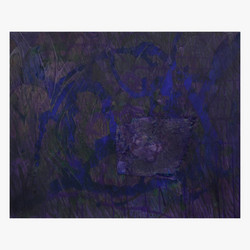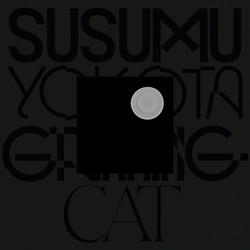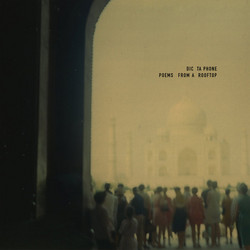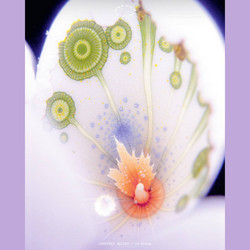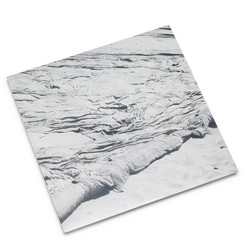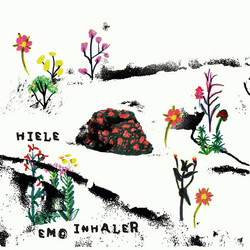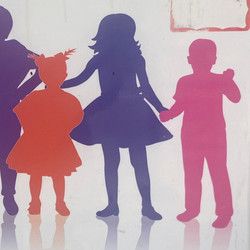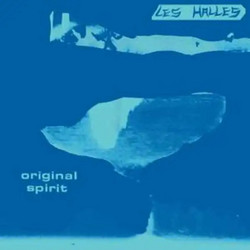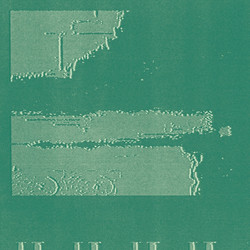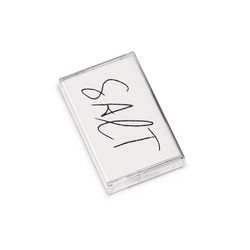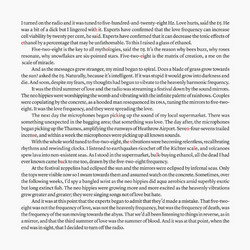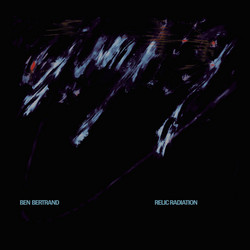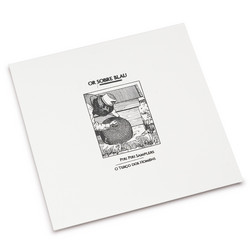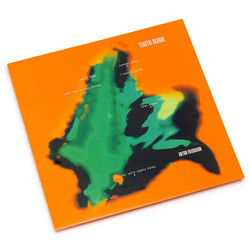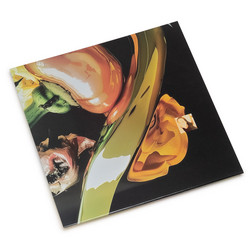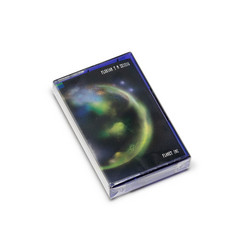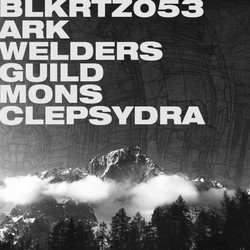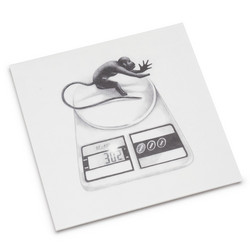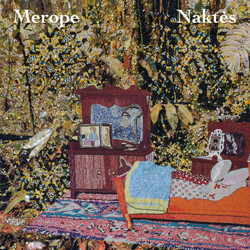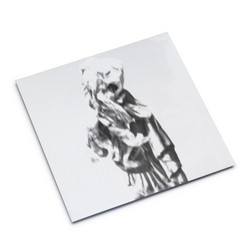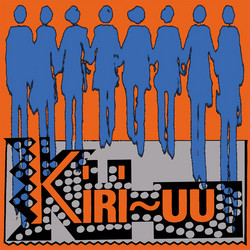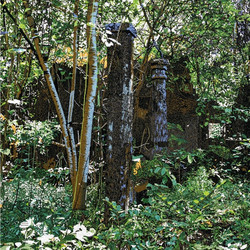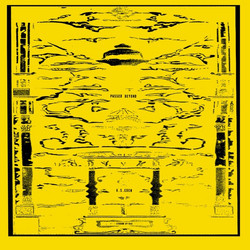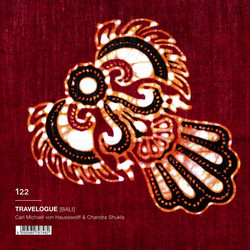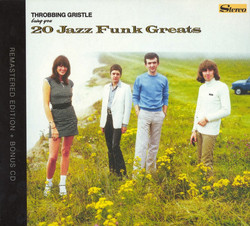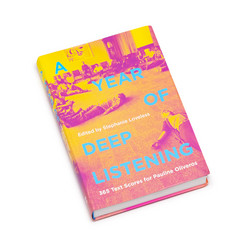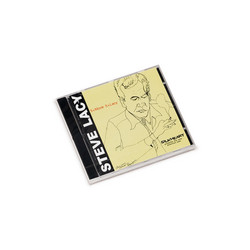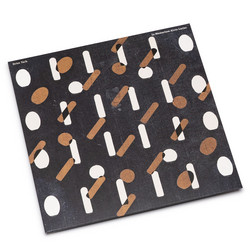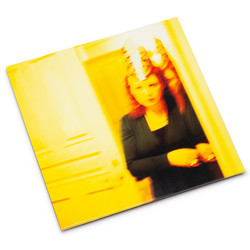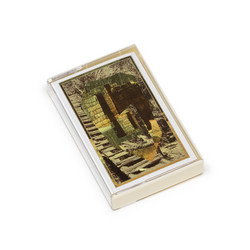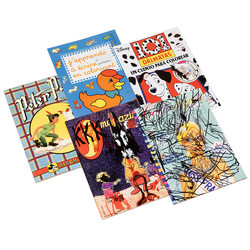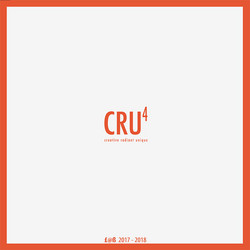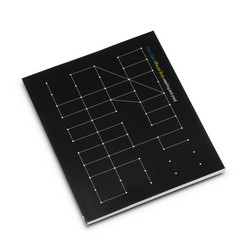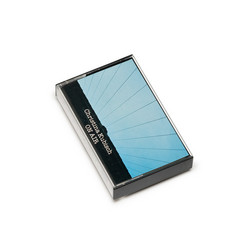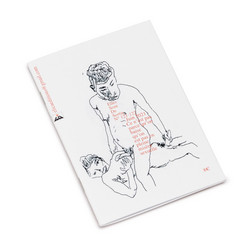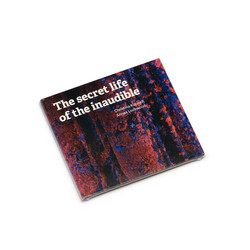Patrick Stas
If Paul K.'s Life Was A Movie, This Would Be The Soundtrack Of His Death (LP)
Patrick Stas arrived on planet Earth on January 25th, 1954, in Ixelles, Brussels. Here he would spend his early years, until the moment his parents bid their Brussels catering career farewell. By his own admission, music was of no interest to the young Patrick. His parents’ record collection left him cold. Bands like Les Compagnons de la Chanson, much-loved by Patricks parents, got on his nerves. Just one record managed to charm him: a soul record by Sam & Dave. Not coincidentally a record his mother detested. How that record ended up in the collection no one knows, but it was the spark that lit Patrick’s burning love for music. A fire that would never fade until his death.
His next musical discovery was Sgt. Pepper’s Lonely Hearts Club Band by The Beatles. This opened the floodgates and from then on musical discoveries followed one after the other. These he did not find in the capital: his parents moved to the Ardennes to open a restaurant called ‘le père Finet’, and the young Patrick followed. There he would turn into a gifted angler, another passion he would forever remain true to. Apart from fishing Patrick, who was known for his bright eyes and thick eyebrows, went to balls. Because at that time there was no such thing as discos in the Ardennes.
One evening, when Patrick and his mates returned from such a ball, the rickety car radio played Fun House by the Stooges. The raw no-nonsense sound of Iggy Pops band blew Patrick away. It was his first encounter with punk music, and by no means his last. Still, punk and its scene long remained a foreign field– not many likeminded people in the Ardennes at the time. That’s when Patrick decided to become a DJ going by the name of Disco Banane. Now he could liven up the balls he visited with the music he preferred. Change came when Patrick moved on to other places and ended up in Liège. Not only did he immerse himself fully in the local punk scene, he also discovered Dadaism – two movements that would both strongly influence his own work later.
In Liège Patrick frequented La Cave 22 in Rue Jean d’Outremeuse. Every Friday concerts were organised with young Liégeois bands. Unfortunately the place folded after only a couple of months. Patrick was forced to find another venue that programmed punk and he found salvation in Le Cirque d’Hiver. One night he visited the place for a Slits concert, but the British band cancelled at the last minute. Another British punk band, according to Patrick consisting solely of a few shy boys, replaced the Slits. This concert inspired Patrick to set up a musical project of his own. Not long after, he found himself in his basement together with three other local amateurs. A different punk band already used his cellar as a rehearsal space, and the newly formed foursome, which would later call themselves Gheneral Thî et Les Fourmis, gratefully made use of their amps. They themselves brought a Korg MS-20, a bass guitar, a saxophone and a half-torched drum machine to the scene. The drum machine they bought for 20 Belgian francs from a ballroom orchestra that went up in flames. With the bossa nova and rumba rhythms it could still run they created their first songs. Stas would later describe them as “des bruits d’enfer”, noise from hell.
In the same period Patrick was asked by a friend to make the music for a documentary about abandoned factory buildings. Patrick jumped at the proposal and made a cassette with some fragments he recorded with Gheneral Thî et Les Fourmis. Without giving it much thought, he made a few copies and sent an unnamed cassette to the magazine Télémoustique. Contrary to his expectations but to his joy, they published a wildly enthusiastic review. This wasn’t without consequences: by his own account, his success with the local girls reached unprecedented heights.
The next step was founding an own label to release their musical experiments. And so Patrick’s label Home Produkt was created. The label lived up to its name: everything was done by himself, at home at the kitchen table in Rue de Joie in Liège, ranging from recording over design to production and shipment. A DIY method characteristic for many cassette labels that flourished in the 80s. Partly because it was possible to work with smaller volumes, and therefore lower budgets, contrary to vinyl.
Home Produkt embraced experiment and made releasing music created in the kitchen its mission. Next to albums by acts like Gheneral Thî et Les Fourmis and Tara Cross & Stefan Tischler, the label released cult compilations such as Creep-z, An Der Schönen Blauen Donau and Brabançonnes. The idea for the Brabançonnes compilation came to Patrick’s when he heard an appeal from the Belgian government on the radio for new arrangements of the Brabançonne. He asked different artists from his cassette music network to contribute an interpretation of the national anthem. This resulted in a compilation of 33 tracks by artists and bands such as 48 Cameras, Denis Mpunga & Paul K., Bene Gesserit, Vitor Hublot, The Misz and No Unauthorized.
The operational business of the label did not only rest on Patrick’s shoulders. His girlfriend at the time, Pascale G., did the graphic design, assisted by the artists Albert and Guido. This resulted in unique objects, not devoid of tongue in cheek humour. Nothing, including intensive labour, could keep them from realising their ideas. They often put in long days to craft their cassette and (exceptionally also) vinyl covers, but the result was worth the effort every time according to Patrick: “Faire 150 cassettes Brabançonnes et les voir sur une table comme ça, c’est le pied total.”
Besides releasing other artists’ music, Patrick made a lot of music himself. Over the years he participated in different musical groups and featured in several compilations of other independent labels, under the name of Paul K. He loved to hide behind pseudonyms, such as Sats Kirtap, his name written backwards. In 1980 Patrick met Denis Mpunga, who at the time was a member of the groups Gomma Percussions and Eko-Kuango. It was Patrick who encouraged Mpunga to make less mainstream music and urged him to experiment more. Together they formed “Denis Mpunga & Paul K” and would release several works in the shape of K7/ cassettes or vinyl.
Patrick stopped at his peak, although this was, like himself, relatively modest. A son arrived on the scene and changed his priorities. The label operations at the kitchen table had to clear the way for bread and butter and nappy changing. After becoming a parent, Patrick invested a lot in teaching. He was a professor at the Haute Ecole de Liège in the department of social sciences, where he taught Multimedia Writing and Interactive Narration. Music occupied an important place in his lessons and teaching activities. When family responsibilities receded again many years later, he did not find the energy to bring the label back to life. But he continued making music forever, at home, with the MS-20 and his computer, or on the iPad.
Late in 2020, Patrick Stas unexpectedly shuffled off this mortal coil. He had been transferred by helicopter from his home in the countryside where he was living with his girlfriend Viviane to a hospital in Lier. Six weeks later he drew his last breath. The compilation ‘If Paul K.’s Life Was a Movie, This Would Be the Soundtrack of His Death’ had been in the pipeline since 2018 and wasn’t meant to be published posthumously. But as often happens, life takes strange turns, so we are forced to now dedicate this compilation to the life and work of the modest, but visionary Liégeois iconoclast and hedonist Patrick Stas (1954 – 2020).
